The Colorado potato beetle (Leptinotarsa decemlineata) known for its voracious appetite, poses a significant threat to potato crops in both farms and gardens. Originally endemic to the Rocky Mountains in Colorado, USA, this insect has rapidly spread across the world, becoming a common pest affecting potato farmers and gardeners alike.
In this blog post, we will delve into how to identify the different life stages of the Colorado potato beetles, their feeding habits, and how to control and protect your vegetable plants from them.
The Life Cycle of the Colorado Potato Beetle
Colorado potato beetles undergo a complete metamorphosis, transitioning through four distinct life stages: egg, larva, pupa, and adult.
Their life cycle begins when adult beetles emerge from the soil in early spring. The adults are about 10 millimeters in length and have a striking yellowish-orange body with ten distinct black stripes on their wing covers, giving them the name ‘ten-lined beetles’.
After emerging, the beetles mate, and the females lay clusters of bright yellow-orange eggs on the undersides of potato leaves.
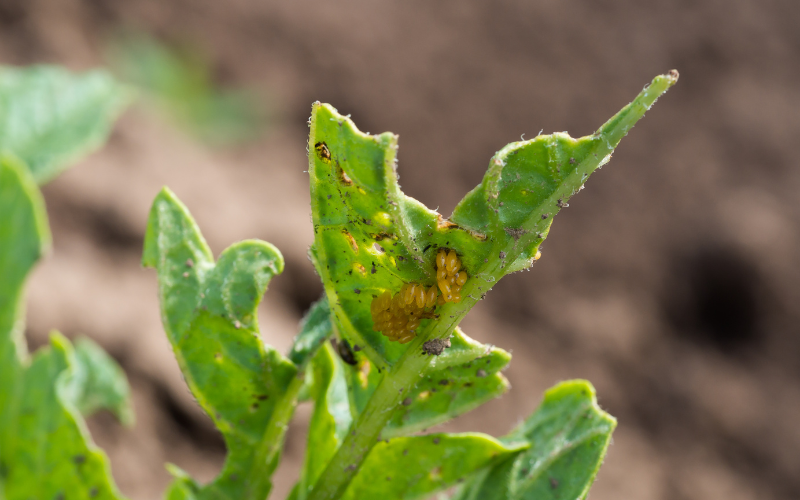
Larvae hatch from the eggs within a week, and the voracious feeding frenzy begins.
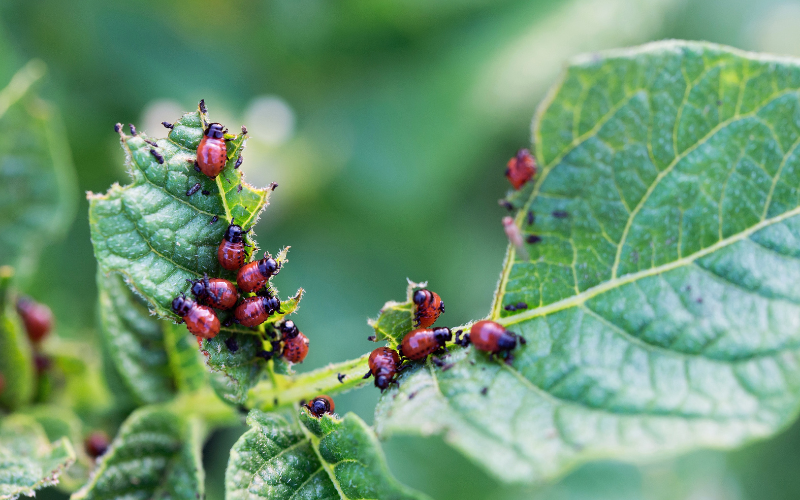
Colorado potato beetle larvae are orange in color with distinct black spots along the sides and have a black head capsule. As they mature, the larvae become more active and their legs become more noticeable.
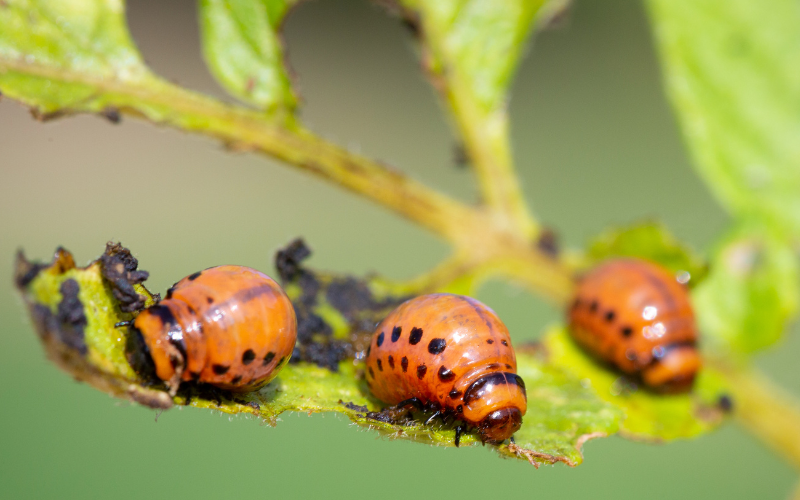
The larvae are often referred to as ‘potato bugs’ or ‘tomato bugs’. The larvae go through different instars or stages as they molt, increasing from a few millimeters to a centimeter or a bit longer as they mature.
Afterward, the larvae enter the pupal stage. During this stage, the larvae transform into adults within a cocoon-like structure in the soil. Finally, adult beetles emerge from the soil once again and the cycle begins anew.
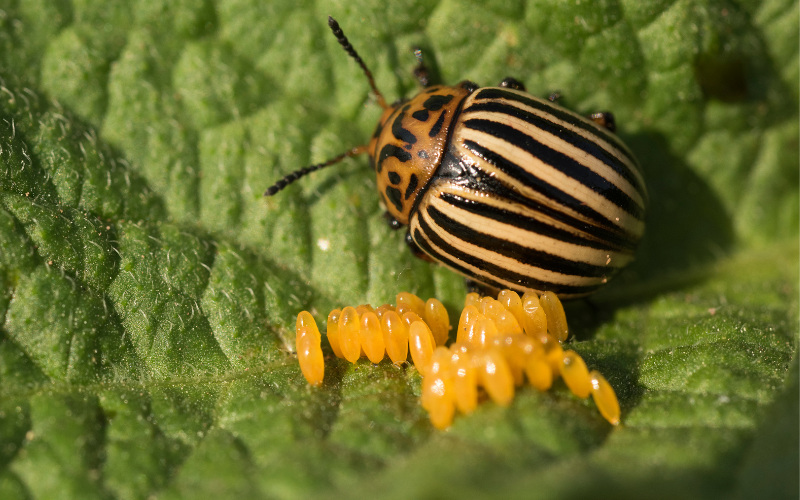
Host plants of the Colorado potato beetle
As their name suggests, Colorado potato beetles have a preference for the leaves of potato plants. They lay their eggs on the undersides of potato leaves and their larvae once hatched, actively feed on potato leaves and will skeletonize the plant, if left unchecked. Adult bugs also will eat potato leaves to some extent, while they also eat other insects.
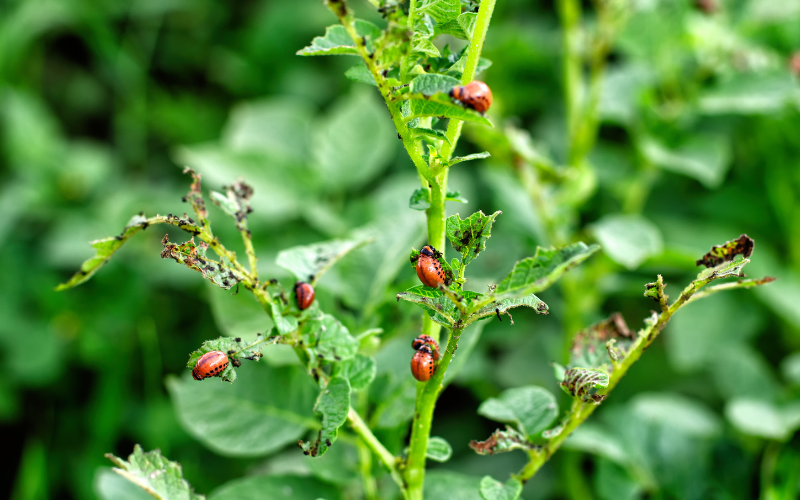
When there are no potato plants around, they will also feed on plants of the same family, the Solanaceae family, which includes tomatoes, eggplants, and peppers.


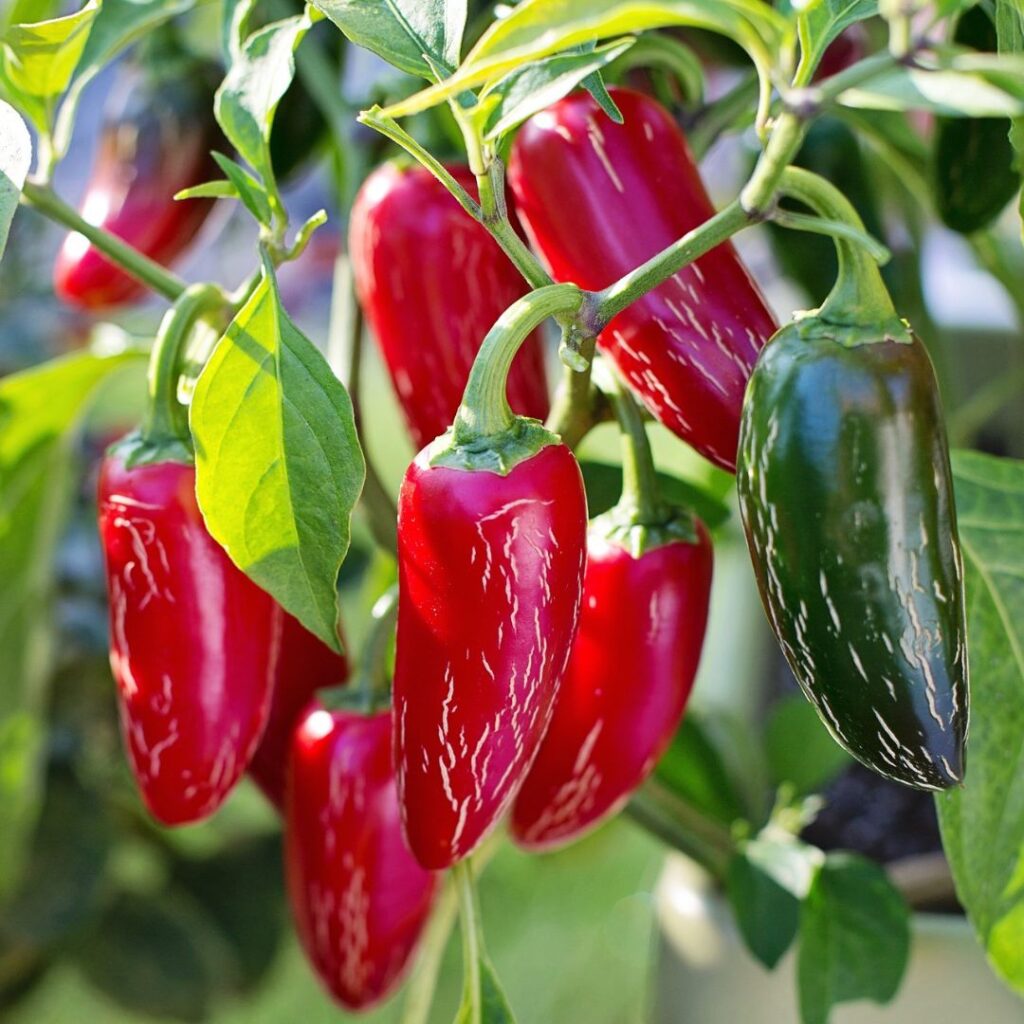
How to get rid of Colorado potato beetles
Here are some effective methods of controlling these troublesome pests:
- Mechanical Control: Hand-picking adult beetles and larvae from plants can be an effective control method for small-scale gardens. Placing a drop cloth under infested plants and gently shaking them can help collect and remove the beetles.
- Biological Control: Introducing natural enemies of the Colorado potato beetle can help keep populations under control and prevent infestations.
Insects like ground beetles, soldier beetles, lacewings, and ladybugs will feed on these beetles. The seven-spotted lady beetle (Coccinella septempunctata) and the pink-spotted lady beetle (Coleomegilla maculata) are species of ladybugs that are voracious predator of Colorado potato beetles.

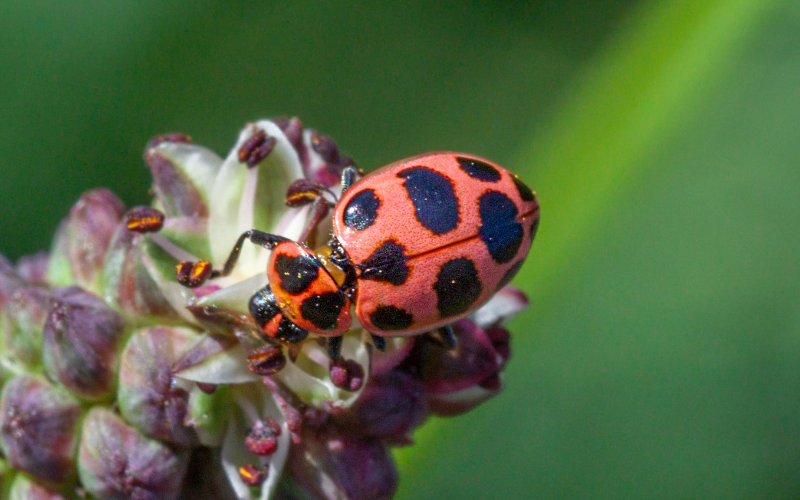
Birds, particularly species like sparrows, blackbirds, and starlings, like to feed on adult beetles. Creating a habitat in your garden that encourages birds can help keep beetle populations in check.
Small animals like toads, frogs, and rodents will also feed on both the larval and adult stages o the Colorado potato beetle. Not using chemicals and having places for these animals to take shelter in your garden can help attract them.
The tachinid flies, Myiopharus aberrans and M. doryphorae, are parasitoids of the Colorado potato beetle. These tachinid flies lay their eggs in the beetle larvae or adults. When the tachinid fly eggs hatch, the fly larvae burrow into the body of the beetle, feeding on its internal tissues. As the larvae grow, they continue to consume the beetle’s tissues, eventually causing its death. Then, the larvae emerge from the beetle’s body and pupate in the soil, completing their life cycle.
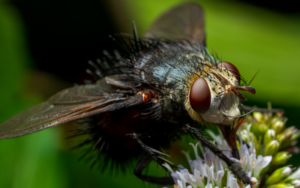
Entomopathogenic nematodes, including Steinernema feltiae and Heterorhabditis bacteriophora, are microscopic roundworms that are effective against Colorado potato beetle larvae . When applied to the soil, the infective juvenile stage of these nematodes actively seek out their target hosts and enter the larval body through natural openings, such as the mouth, anus, or spiracles (breathing tubes).
Once inside the larva, the nematodes release their symbiotic bacteria, which quickly multiply and cause septicemia, or blood poisoning, in the beetle larva. The bacteria release toxins and enzymes that degrade the host’s tissues, allowing the nematodes to feed on the resulting nutrient-rich soup. The infected larvae eventually die as a result of the combined effects of nematode feeding and bacterial activity.
Beauveria bassiana is a naturally occurring fungus that is able to infect and kill various insect pests, including the Colorado potato beetle (Leptinotarsa decemlineata). When this fungus comes into contact with the Colorado potato beetle, it attaches to the beetle’s cuticle and penetrates the insect’s exoskeleton. Once inside, the fungus proliferates and grows, eventually causing the beetle to become diseased. Then, the fungus releases enzymes and toxins that further break down the beetle’s tissues, leading to its death.
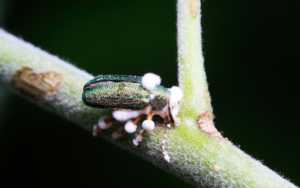
How to prevent Colorado potato beetle infestations
- Crop Rotation: Rotating potato crops with non-host crops, legumes and other vegetables that don’t belong to the same plant family, can disrupt the beetles’ life cycle, reducing their population and limiting their impact on potato plants. Read more on crop rotation
- Monitoring and Early Detection: Regularly inspect potato plants for signs of Colorado potato beetle presence, including adult beetles, larvae, or their eggs on foliage. Early detection allows for immediate action and helps prevent population buildup.
- Protective Barriers: Use physical barriers, such as floating row covers or fine mesh netting, to exclude adult beetles from reaching potato plants. These barriers should be installed early in the season before beetles are present.
- Companion Planting: Interplanting potatoes with repellent or trap crops, such as marigolds or tansy, can help deter Colorado potato beetles. These companion plants release natural compounds that act as repellents or attractants, diverting the beetles away from potato and other host plants.
- Encouraging biodiversity: Refraining from using harmful chemicals to create a more biologically diverse vegetable garden can help you to naturally attract these different species that can help you keep Colorado potato beetle populations controlled.
In conclusion, preventing Colorado potato beetle infestations involves early detection, mechanical control (like handpicking), biological controls by natural predators, and preventive measures, like crop rotation and companion planting. By implementing these strategies, you can effectively manage beetle populations and protect your vegetable plants without using chemical insecticides.

